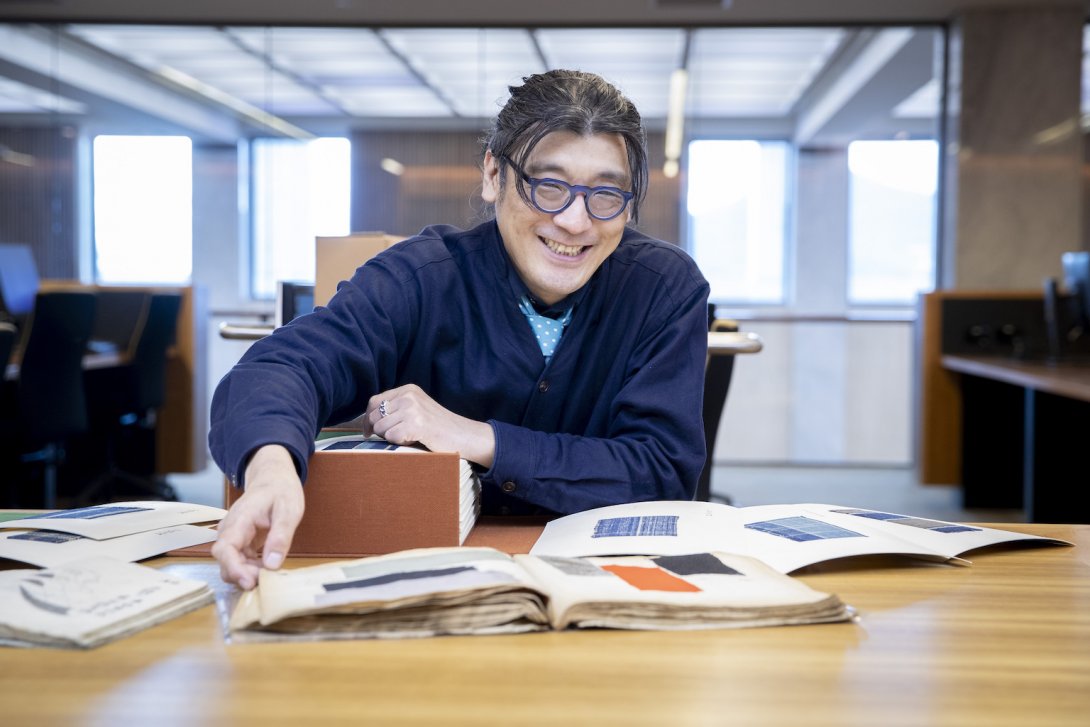Due to scheduled maintenance, the National Library’s online services will be unavailable between 8pm Friday 29 November and 11am Saturday 30 November. Find out more.
This year, Dr Tets Kimura joined us at the Library as one of our National Library of Australia Fellows. His research focused on exploring how Japanese fashion was influenced by social, cultural and political forces throughout history.
Hear from Tets about his research, his time at the Library and what he’s doing next.

What are you researching and how did you first become interested in this topic?
I never formally studied fashion as an undergraduate student, but in 2012 I started studying fashion as a PhD student at Flinders University. I focused on contemporary Japanese fashion in my thesis and expanded my interest to studying historical fashion. Nowadays, I study both historical and contemporary aspects of fashion. My research tends to focus on what fashion means to us as individuals or members of society, rather than analysing design details.
Why did you want to research at the Library?
I undertook my fellowship to further advance my knowledge on Japanese fashion. The National Library has collections of Japanese fashion and lifestyle magazines as well as Japanese language books that are not available elsewhere in Australia. The Library also has many unique items, such as textile samples and posters.

What is something you discovered during your time at the Library?
Studying fashion may sound exciting, but my research requires as much desk work as other academic research. I went to an op shop to buy a 6-dollar wool jumper because it’s been so cold - can I claim this was part of my research?
What are you planning to do next with your research?
I am currently writing a journal article on the kokuminfuku (national clothing) that was worn by Japanese male civilians during WWII. I am also writing an article on contemporary Taiwanese fashion that has had strong Japanese influences. After I conducted my Asia Study Grant in 2021, I needed two years to publish “Repatriated from Home as Enemy Aliens: Forgotten Lived Experiences of Japanese-Australians during the Second World War” in the Journal of Australian Studies. Hopefully I won't need as much time to publish these papers on fashion. Also, by modifying my doctoral thesis, I am scheduled to publish the monograph entitled “Fashion, Soft Power and Cultural Diplomacy: A Case Study of Japanese Fashion in Australia” in 2026.
Would you recommend a National Library Fellowship to others?
The Library is rich in uniquely held items, and I also met a number of scholars who study fashion or Asia. This is a great place to conduct research as well as meet new colleagues.
Learn more about the Library's fellowships and scholarships.